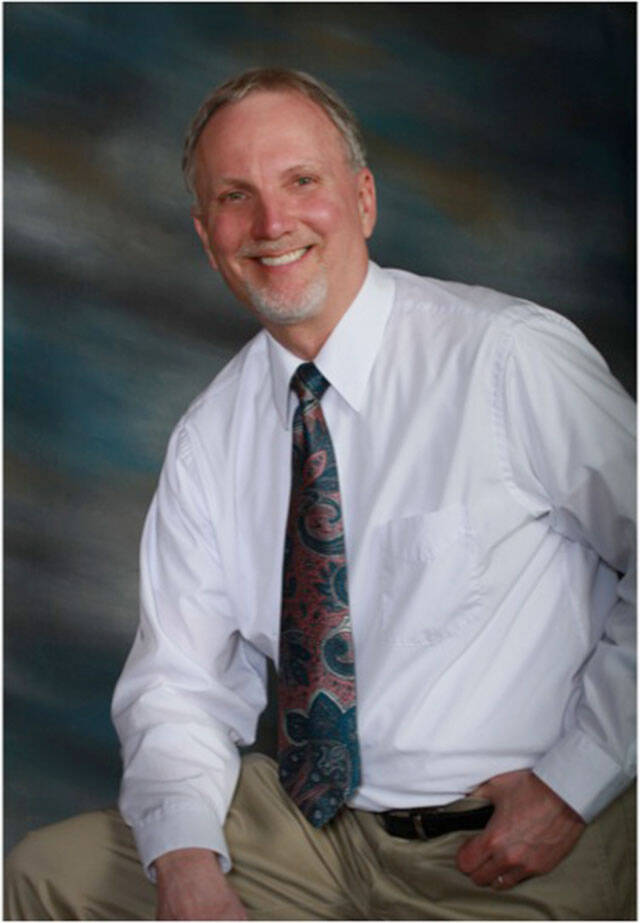A new school year begins in a few days. That brings back memories of my 31 years teaching at Sumner High School. It also reminds me of the parent involvement committee I created in my last few years there. As a result of the committee’s work, I was asked to speak at education conferences across the state by the Office of the Superintendent of Public Instruction. This was in the early 2000s. My frustration was that parents were not involved in their children’s school lives. I assigned homework and only about a third of the students turned anything in. Many students were unmotivated and they would often ask me, “Why do I have to learn this?” and “Will it be on the test?”
Eventually, I came up with an answer that stopped those questions: You don’t always know what information you will need in the future. Therefore, it is better to learn as much as you can in order to cope with whatever issues you might encounter in life.
You can imagine the culture shock I experienced when I listened to an audio book entitled, “How to Raise an Adult: Break Free of the Overparenting Trap and Prepare your Kid for Success” by former Stanford Freshman Dean Julie Lythcott-Haims. Her thesis is that middle and upper-middle class parents have been overparenting since about 1990. They earned the label “helicopter parents”. Their children, the Millennials, became adults beginning in 2000. This new parenting style reflected a very different parenting philosophy than the parents of Baby Boomers (who were raised during the 1950s and 1960s) used.
When I was a Boomer kid during those decades, my brothers and I would leave the house after breakfast during the summers or on weekends and be gone all day. My mother didn’t know where we were or what we were doing. She used to call us home with a police whistle.
What caused the change? There were four things according to Lythcott-Haims:
1) In 1981, a 6-year-old child named Adam Walsh was left by his mother to watch teens play video games while she went shopping at a Sears in Hollywood, Florida. When she returned less than 10 minutes later, he was gone. Investigators later discovered a security guard had told the teenagers to leave because they were being disruptive. Adam, a timid child, left with the teens. His head was later found, but not his body. Later, a long-running TV series called “America’s Most Wanted”, narrated by Adam’s father, ended the laissez-faire parenting style for the next generation. This created an “incessant fear of strangers” that continues to this day.
2) The self-esteem movement took hold in the 1980s where it was felt that building up a child’s ego with praise was the best form of parenting. Children were given trophies for merely participating in a sport, rather than for actually winning. They were told they were great or perfect, rather than that they did well.
3) In 1984, playdates became the norm. Mothers would schedule their children’s play, rather than letting them use their imaginations and initiative to fill their own time.
4) While observing their behavior, parents would act to prevent their children from hurting themselves and would intervene to keep their children from making mistakes. The term “helicopter parents” came from this behavior.
Rather than sending out progress reports, grades began to be posted online. This was a relief to me and made filling out periodic progress reports unnecessary. But helicopter parents kept track on a daily basis. As cell phones became common, some parents texted their children frequently, even several times a day. Many parents did their children’s homework so their kids could get the best grades so they could get into the best colleges and universities.
The best colleges and universities are rated yearly in the extremely popular U.S. News and World Report Best Colleges. Middle and upper-middle class parents continued to micromanage their children’s lives. Helicoptering continued through college and into applying for jobs. Many parents filled out their adult children’s college and job applications, found them apartments, washed their clothes, and hounded professors and the administration. Some colleges created “safe rooms” because students couldn’t cope with diverse opinions. Parents even have tried to sit in on job interviews!
My experience as a teacher dealt with one type of student, the one who had under-involved parents. Today, for those in the middle and upper-middle classes, we have the opposite problem. Neither extreme is good for our students and children.
As you send your children to school in a few days, consider what’s best for your child. It’s not about you. It will be whether you can allow your children to learn resilience through failure. Find the balance for your children’s sake.


